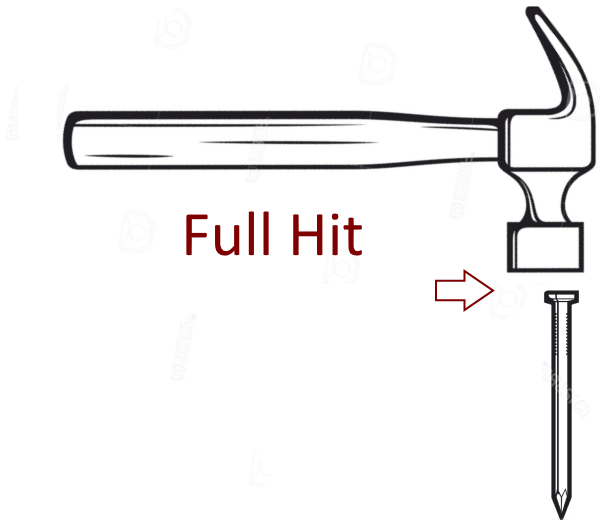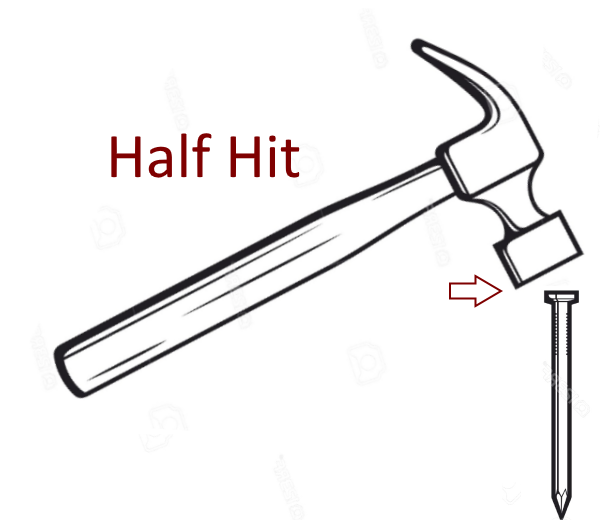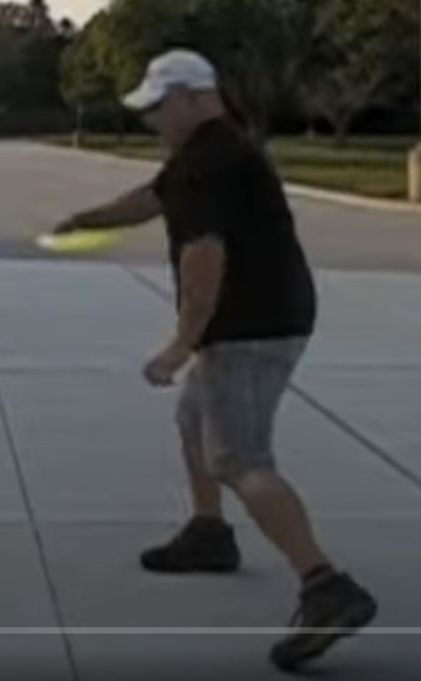OK, I'm not trying to turn this into a "Rastnav's form review thread". Hopefully I haven't derailed it too much.
I was trying to speak to a more general issue, and I think this illustrated it. I asked a question about the hit. Neither of you mention it in your replies. The concept retreats as it is approached. That was the more general lament, that if, as a learner you don't already get it on your own, you aren't helped by referencing one concept or the other. And everyone uses the terms to mean something different. See
https://youtu.be/nOjDIfRLgo4.
Bryan, I think the way you are using "hit" (and kinetic chain), they simply become synonymous with "swing". I would certainly agree that it's useful to import concepts from more developed sport performance analysis, but that doesn't change that we are still just talking about how to swing. I also think that this isn't generally what people mean by talking about the hit.
As to whether I'm rounding or not, I don't believe I am. My release is straight down the line.
https://youtu.be/G_4yUd_PTgQ
Whether my release should be straight down the line of my run up? I wonder about that. Probably a different topic.
Now, am I collapsed under 90? Yes, but see my issues with the hammer swing as a means of teaching you not to collapse. Also, I may still be pulling early. I've struggled with it and I honestly don't know where I am with that. In that bow and arrow video, sw22 mentioned delaying the activation that intrinsically comes from the stretch, but I don't know that I know how to do that.
In addition, we have to add in the factor that my hips have less mobility and my shoulders have more. My PT buddy (who knows next to nothing about DG, to be clear) has said that necessarily means that positionally I'll look different in order to get the same loaded stretch. Analysis that is position dependent is necessarily flawed when you have two different body compositions.
This all goes back to the desire to have hands on interactive feedback that can competently teach the swing to someone who doesn't match the ideal thrower. But I don't know that this exists at the moment. Or if it does, those people are so overloaded that it's the same thing. Hell, I'd travel for a swing bootcamp. The only person I've seen offering anything like that is Stokely, and, well, see the issues with those who can do trying to teach.





